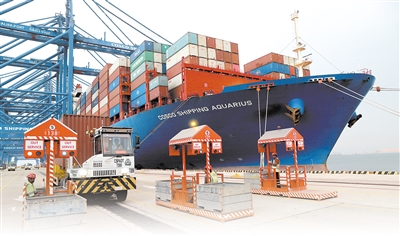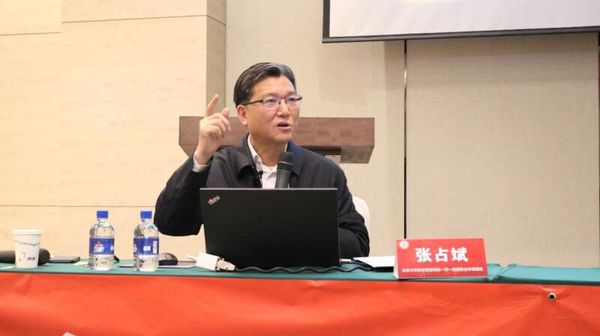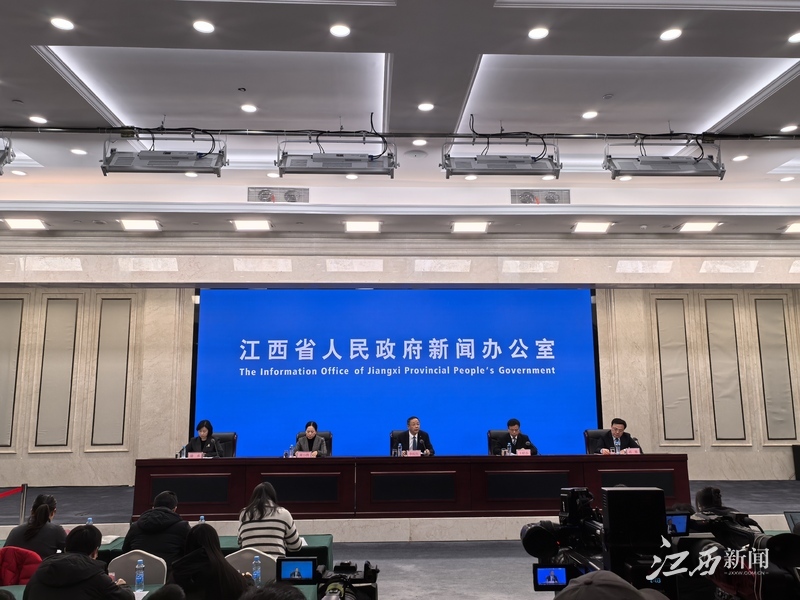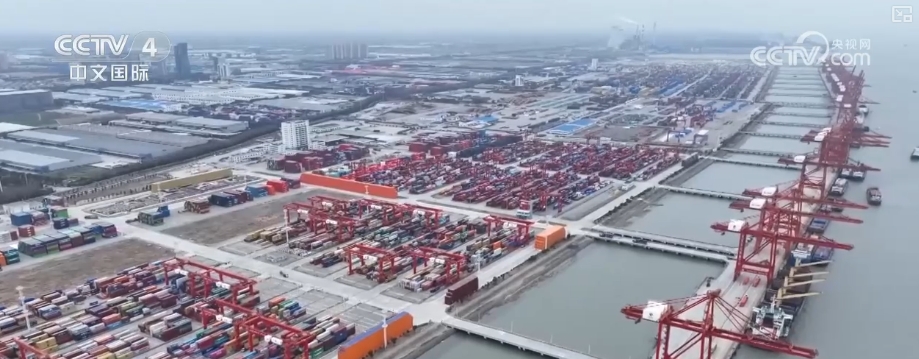The Silk Road That Travels Through Thousand Years: A Golden Channel Connecting East And West, What Are The Secrets Behind
The Silk Road That Travels Through Thousand Years: A Golden Channel Connecting East And West, What Are The Secrets Behind
Have you ever thought about how people in ancient times sent Chinese silk, porcelain and tea to the distant Europe? Are they riding a broom? In fact, no, no, the answer is much more exciting than we thought! In the era without planes and high-speed rail

Have you ever thought about how people in ancient times sent Chinese silk, porcelain and tea to the distant Europe? Are they riding a broom? In fact, no, no, the answer is much more exciting than we thought! In an era without planes and high-speed rail, there was a magical "highway" running between the East and the West - it was called the "Silk Road". Do you know? This road is not only used to sell silk, it also hides many little-known stories, secrets and cultural collisions.
Can you imagine those caravans traveling through the desert and climbing mountains, spending months or even years just to bring Chinese silk and porcelain to the European palace? Is their journey like an epic? And how did this road become a "bridge of civilization" connecting the East and the West? Today, let's find out and uncover the mystery of the Silk Road
Have you ever thought about how people in ancient times sent Chinese silk, porcelain and tea to the distant Europe? Are they riding a broom? In fact, no, no, the answer is much more exciting than we thought! In an era without planes and high-speed rail, there was a magical "highway" running between the East and the West - it was called the "Silk Road".
This road originated in the Han Dynasty in China. After thousands of years of development, it has become a super "transportation artery" connecting the Eurasian continent. Do you know? In ancient times, merchants rode camels and pulled a cart of silk and porcelain, and it took months or even years to deliver their treasures to the European palace. Do you think they are better than modern couriers? Moreover, this road not only sells silk, it also brings exchanges of culture, religion and technology, which is simply a "civilized highway".
Have you ever wondered what the world would be like today without the Silk Road? Is there a lot of color missing? Is there a lot of different cultures missing? So, next, let’s use a “time machine” to travel thousands of years ago to see how this magical route “runs”.
It is said that around the 2nd century BC, Liu Bang of the Han Dynasty had just defeated Xiang Yu and established the Han Empire. The emperors of the Han Dynasty, Liu Bang and Emperor Wu of Han, both liked "engaging in diplomacy" and "exploding the market". During the reign of Emperor Wu of Han, Zhang Qian was sent as the "diplomatic ambassador" with the purpose of opening up the "golden road" that leads to Central Asia and even further.
Zhang Qian was originally a military general, but later sent to "inquire" about the situation in the Western Regions. In 138 BC, Zhang Qian started a decade-long "trip to the Western Regions" with several followers. He was first trapped in the hands of the Huns, and later released, and he traveled to Central Asia.
Along the way, Zhang Qian traveled through the Tarim Basin, through the Tianshan Mountains, and even reached the Afghan area today. Although the journey was full of dangers and difficulties, he brought back valuable news: there are many countries and ethnic groups in Central Asia, and they are also engaged in trade and cultural exchanges.
After hearing the news about Zhang Qian, Emperor Wu of Han decided to vigorously explore the Western Regions. In 119 BC, he sent a general whose name sounded like a "God of War" to continue to open up the "Silk Road". Ban Chao not only defeated the enemy, but also promoted trade cooperation between Central Plains and Central Asia.
The Han Dynasty began to produce silk, porcelain and iron in large quantities, and sent caravans to the west along the "Silk Road" to export Chinese goods to European and Central Asian countries. On this road, some "urban miracles" have also appeared, such as Dunhuang, Chang'an (today's Xi'an) and other things becoming prosperous commercial centers.
As time goes by, the Silk Road becomes busier and busier. The Tang Dynasty (618-907) was the golden age of the Silk Road. Chang'an in the Tang Dynasty became one of the largest cities in the world at that time, attracting merchants from Central Asia, West Asia and even as far as Persia and Arabia.
The "Silk Road" in the Tang Dynasty was not only a trade in goods by merchants, but also a stage for cultural exchanges. Buddhism was introduced from India to China and spread along this road to the entire East Asia. The poet Du Mu of the Tang Dynasty once wrote about the magnificent scene of "Thousands of miles of Silk Road, and thousands of countries come to pay tribute."
In 627 AD, Tang monk Xuanzang began his journey of "seeking scriptures". In order to learn Buddhist scriptures, he traveled through the desert, climbed the mountains, passed through Central Asia, Persia, and finally arrived in India. Xuanzang's journey lasted for 17 years. After returning to China, he brought back a large number of Buddhist scriptures, which greatly enriched Chinese culture.
His journey is not only a religious pursuit, but also a microcosm of cultural exchanges on the Silk Road. The story of Xuanzang has become a "character legend" admired by future generations.
By the 13th century, with the rise of the Mongolian Empire, the Silk Road was once again revitalized. Genghis Khan unified the Mongolian tribes and established a huge empire, ensuring the unimpeded access of the "Silk Road".
During this period, Yiwu (the capital of China's small commodity) began to become the "world market". Merchants from Central Asia, West Asia and Europe came here to exchange goods, culture and technology. Yiwu's prosperity is a microcosm of the prosperity of the ancient "Silk Road".
The Italian businessman Marco Polo set out in 1271 and spent 17 years traveling through Central Asia and Mongolia, and finally arrived in China. After returning to China, he wrote "The Travels of Marco Polo", describing "the miracle of the East".
Although some people question whether his description is exaggerated, it is undeniable that his journey greatly inspired Europe's yearning for the East and made the "Silk Road" more mysterious and attractive.
The Yuan Dynasty (1271-1368) was established by the Mongols. After ruled by China, it greatly promoted exchanges between the East and the West. Marco Polo came to China during the Yuan Dynasty and became the "diplomatic adviser" of the Yuan Dynasty emperors.
However, with the decline of the Yuan Dynasty and frequent wars, the Silk Road gradually declined. By the end of the 15th century, with the rise of maritime trade, Europe began to trade directly with the East through sea routes, and the onshore Silk Road was gradually marginalized.
At the end of the 20th century, with China's proposal of the "Silk Road Economic Belt", the ancient "road" once again shined with new glory. Today, the "Belt and Road" has become the focus of global attention, and the infrastructure construction connecting Asia, Europe and Africa is in full swing.
For thousands of years, the Silk Road has witnessed the exchange and integration of human civilization. It is not only a trade route, but also a "cultural bond". Today, we stand at the starting point of the new era and look forward to this "ancient road" leading us to a more prosperous future.





